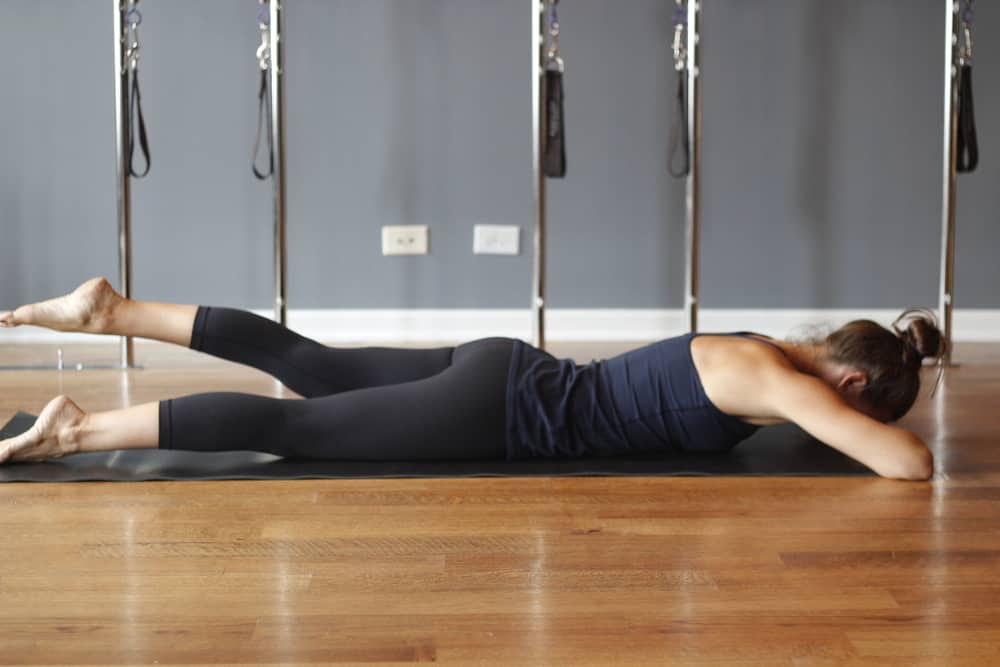
Prone Pelvic Positioning – Part 1 (the Sphinx)
If your low back hurts while you’re lying on your stomach, it’s likely because you’re stuck in anterior pelvic tilt and your lumbar lumbar spine is folding over onto itself.
 |
| photo credit: mindbodywellness.org
See that excessive dip in the low back? |
Extending your upper body upward exacerbates the issue. The lower back is not a hinge or mobile joint. It’s meant to be stable and kept relatively rigid. Like a credit card, it’s only got so many bends until it breaks.
 |
To test if you can get OUT of anterior tilt and into posterior pelvic tilt, first try it on all fours, in a slow segmentation from head to tail:
Cow tail wags.
The hard part of transferring this skill to the floor is your hip bones getting in the way. It’s an odd and hardly used pattern, but it’s excellent in checking for application:
THIS IS THE SAME PELVIC POSITIONING YOU WANT IN PLANKS AND PUSHUPS.
Like planks, it’s the arm position that makes or breaks the core coordination of this exercise.
Here’s a progression toward finding your level and optimizing elbow/forearm positioning:
1. Elbow low towards your hips and in toward the spine
3. Elbows at ears (longer lever for the core to stabilize)
When you push the chest up, drive through the elbows and press your sternum away from the floor. Widen the chest and extend the base of the skull upwards, elongating the neck.
- Being stuck in anterior pelvic tilt is a major cause of back pain when lying on your stomach
- Raise the hips actively (posterior tilting) or passively (rest hips on a pillow) to relieve discomfort
- Arm supports take the place of core supports; the higher and wider the elbows the less weight you can place on your arms
- Once you can confidently hold the sphinx pose for at least 30sec, try lifting an arm off the ground to further core stabilization demands.









